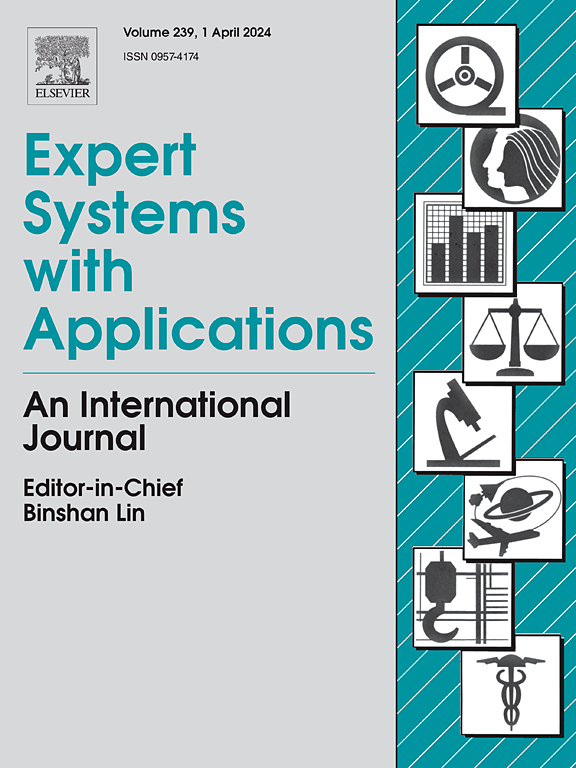Non-destructive detection and quantification of corrosion damage in coated steel components with different illumination conditions
IF 7.5
1区 计算机科学
Q1 COMPUTER SCIENCE, ARTIFICIAL INTELLIGENCE
引用次数: 0
Abstract
Existing deep learning-based detection methods for corrosion damage in steel structures are mostly applicable under normal lighting conditions and lack an association between detection results and damage levels. Focuses on coated corrosion steel components under various illumination conditions, this paper presents a YOLOv8s-G network tailored for pixel-level image segmentation and quantification of corrosion damage. A dataset of 1299 images of corroded steel components with different illumination conditions was captured in a field steel structure workshop. Furthermore, the ability of network to extract multi-scale corrosion features across various illumination conditions was enhanced by integrating the C2f-S module and fusion splicing method. The advancement and generalization of YOLOv8s-G were verified through comparisons with other state-of-the-art networks and tests on public datasets. Finally, the ratio of the corrosion area to the cross-sectional area of the steel component was calculated using morphological image operations, quantifying the relative area occupied by corrosion. The accuracy of this quantification method was further validated through comparison with filed measurements. Our research can enhance the reliability of decision-making regarding steel structural corrosion damage.
在不同照明条件下对涂层钢部件的腐蚀损伤进行无损检测和量化
现有的基于深度学习的钢结构腐蚀损伤检测方法大多适用于正常照明条件下,缺乏检测结果与损伤程度之间的关联。针对不同光照条件下涂层腐蚀钢构件,提出了一种适合于腐蚀损伤像素级图像分割和量化的YOLOv8s-G网络。以某现场钢结构厂房为研究对象,采集了1299张不同光照条件下的锈蚀钢构件图像。此外,通过集成C2f-S模块和融合拼接方法,增强了网络在不同光照条件下提取多尺度腐蚀特征的能力。通过与其他最先进网络的比较和对公共数据集的测试,验证了YOLOv8s-G的先进性和通用化。最后,利用形态图像运算计算腐蚀面积与钢构件横截面积之比,量化腐蚀所占的相对面积。通过与现场测量结果的对比,进一步验证了该定量方法的准确性。研究结果可提高钢结构腐蚀损伤决策的可靠性。
本文章由计算机程序翻译,如有差异,请以英文原文为准。
求助全文
约1分钟内获得全文
求助全文
来源期刊

Expert Systems with Applications
工程技术-工程:电子与电气
CiteScore
13.80
自引率
10.60%
发文量
2045
审稿时长
8.7 months
期刊介绍:
Expert Systems With Applications is an international journal dedicated to the exchange of information on expert and intelligent systems used globally in industry, government, and universities. The journal emphasizes original papers covering the design, development, testing, implementation, and management of these systems, offering practical guidelines. It spans various sectors such as finance, engineering, marketing, law, project management, information management, medicine, and more. The journal also welcomes papers on multi-agent systems, knowledge management, neural networks, knowledge discovery, data mining, and other related areas, excluding applications to military/defense systems.
 求助内容:
求助内容: 应助结果提醒方式:
应助结果提醒方式:


